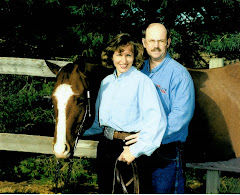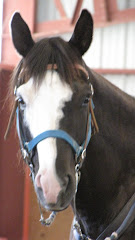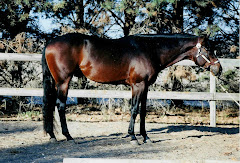
Or Woman in the Moon? You can see a pattern of some sort in the play of bright and dark markings across the moon's face.
This, the first full moon of the year, is known as the Old Moon. Other names are Wolf Moon, Moon After Yule, and Ice Moon. In Hindi it is known as Paush Poornima. Its Sinhala (Buddhist) name is Duruthu Poya..

The full moon is particularly appealing at this time of year when it rises just around sunset and rides high in the southern sky most of the night. In fact the moon will appear almost full tonight and Saturday night, too.
Tonight's full moon will be the biggest and brightest full moon of the year, with easy-to-see features on the moon. Tonight it will be about 14 percent wider and 30 percent brighter than lesser full Moons of the year. This being the first full moon of 2010, it is also known as the wolf moon, dating back to Native American culture and the notion that hungry wolves howled at the full moon on cold winter nights. Each month brings another full moon name.

This moon will be biggest moon of the year. The moon is, on average, 238,855 miles (384,400 km) from Earth. The moon's orbit around Earth – which causes it to go through all its phases once every 29.5 days – is not a perfect circle, but rather an ellipse. One side of the orbit is 31,070 miles (50,000 km) closer than the other.
So in each orbit, the moon reaches this closest point to us, called perigee. Once or twice a year, perigee coincides with a full moon, as it will tonight, making the moon bigger and brighter than any other full moons during the year.
As a bonus, Mars will be just to the left of the moon tonight.

Look for the reddish, star-like object.
The moon does have some odd effects on our planet,
A full moon at perigee, it's closest point to Earth, also brings higher ocean tides. This tug of the moon on Earth also creates tides in the planet's crust, not just in the oceans.
In reality, there's no such thing as a full moon. The full moon occurs when the sun, Earth and the moon are all lined up, almost. If they're perfectly aligned, Earth casts a shadow on the moon and there's a total lunar eclipse. So during what we call a full moon, the moon's face is actually slightly less than 100 percent illuminated.

Finally, be sure to get out and see the full moon as it rises, right around sunset.







1 comment:
Cool information! I can't see the moon tonight, it's raining. I love how they call it the wolf moon. I love howling wolves! :) I didn't know the moon affected the earth's crusts, either! Interesting. Have a great weekend!
Post a Comment